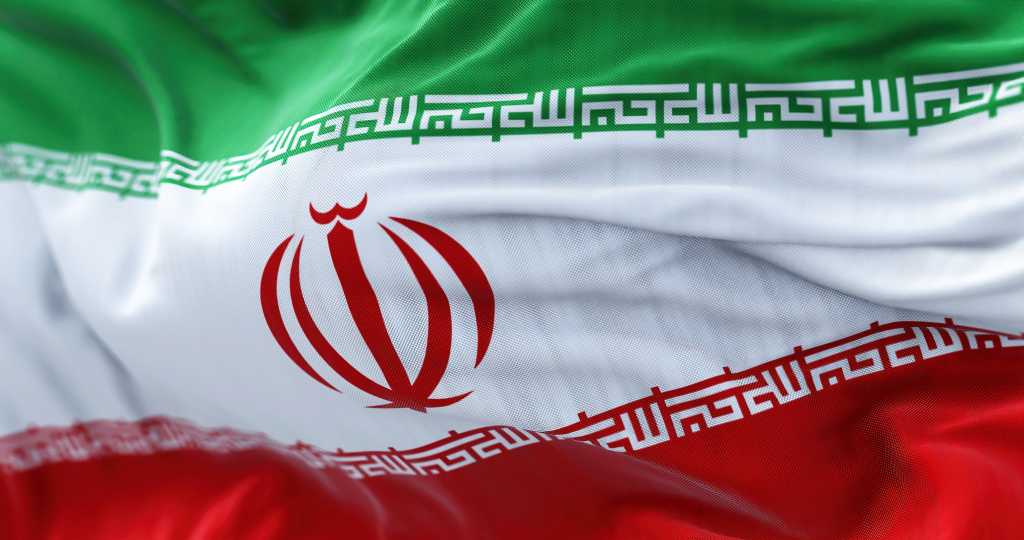“It’s an easy attack to pull off,” Pascal Geenens, director of threat Intelligence for Radware, tells CSO. “You just need infrastructure, and you just point it in the right way and you go at it and you almost always have some kind of result, whether it’s a big result or just a few seconds of downtime, enough to claim a report and to say, ‘Look, we had some impact.’”
“A lot of the outward communication we see coming from Iran is primarily from fake hacktivist personas, hacker groups, all on Telegram,” SentinelOne’s Hegel says. “We’re tracking dozens since the initial conflict kicked off last. They’re all doing the same thing, going for easy targets; it’s very opportunistic. DDoSing is almost child’s play nowadays.”
How CISOs could prepare for Iranian attacks
Even if the immediate threat of Iranian cyberattacks has subsided, CISOs should still consider strategies to help defend against them given the volatile nature of military conflicts in the Middle East.
